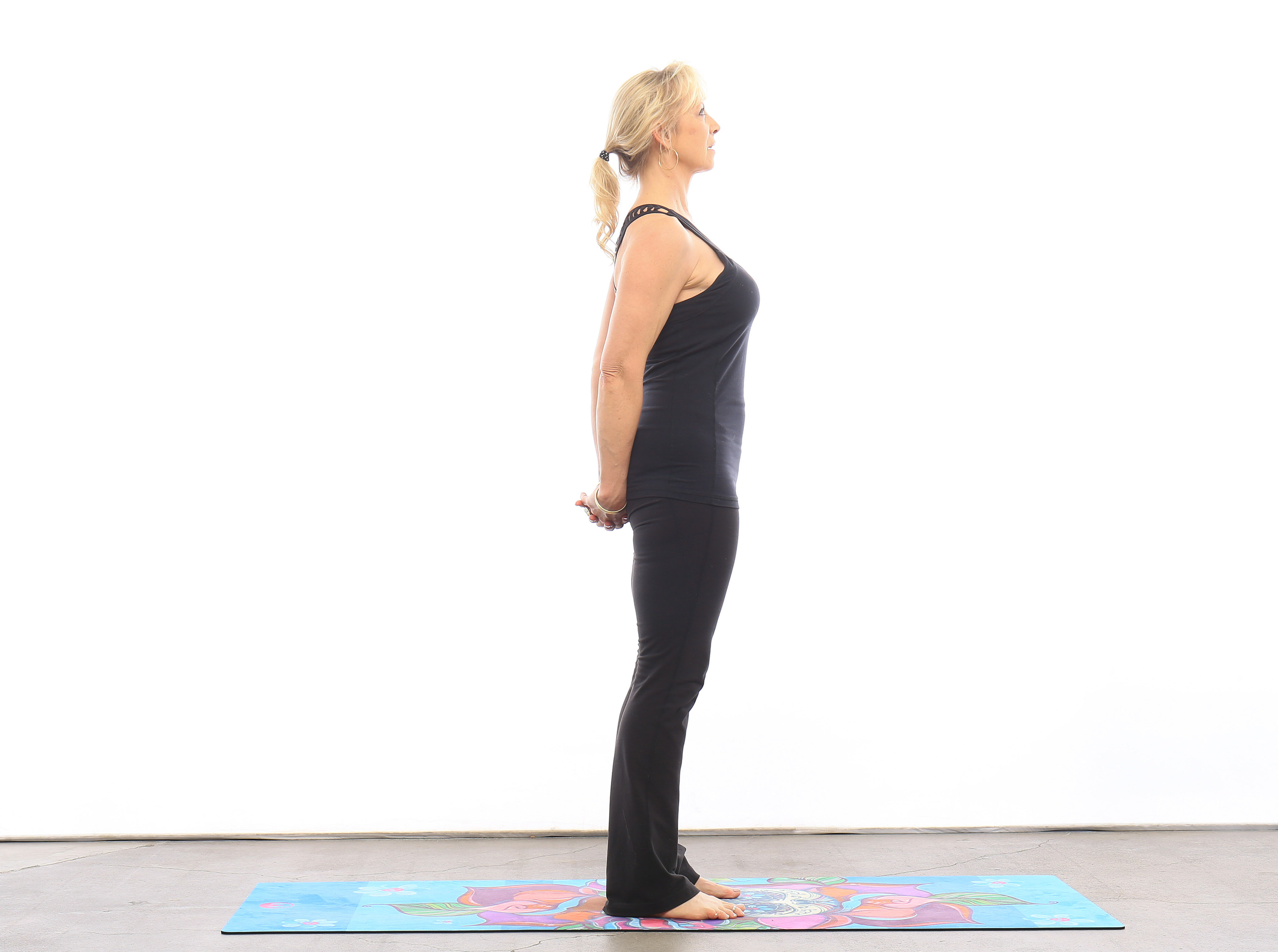We love yoga for all its physical and mental benefits. There’s nothing better than leaving a class feeling stretched, stronger, and maybe a little more sane! And another often overlooked benefit of a regular yoga practice is improved posture. Yoga helps ease back pain, alleviate joint stiffness, and strengthen your core—all key contributors to bad posture. We talked to Bay Club Marin Yoga Instructor, Erin Flemming for some of the tried and true yoga poses that help you stand and sit taller. The best part is that these are simple do-at-home (or at the office) poses that don’t require a 60-minute flow to reap the benefits (though we recommend you make time for those classes too!)

For lengthening and strengthening: Downward Facing Dog
One of the primary reasons most people struggle with poor posture is that we have few opportunities during the day to lengthen and stretch our bodies. Think about it! Our ancestors way back when used to use their bodies all day long, reaching, lifting, even climbing. Since today’s 9-5 typical desk job just requires a whole lot of typing, the rest of the body becomes tight and constricted.
Try the classic Downward Facing Dog to stretch every major part of your body, from the backs of your legs, to your side body, to your upper back. Remember to bend your knees and move your hips to loosen your lower body. Shake your head “no” and nod it “yes” to release any tension in your neck.
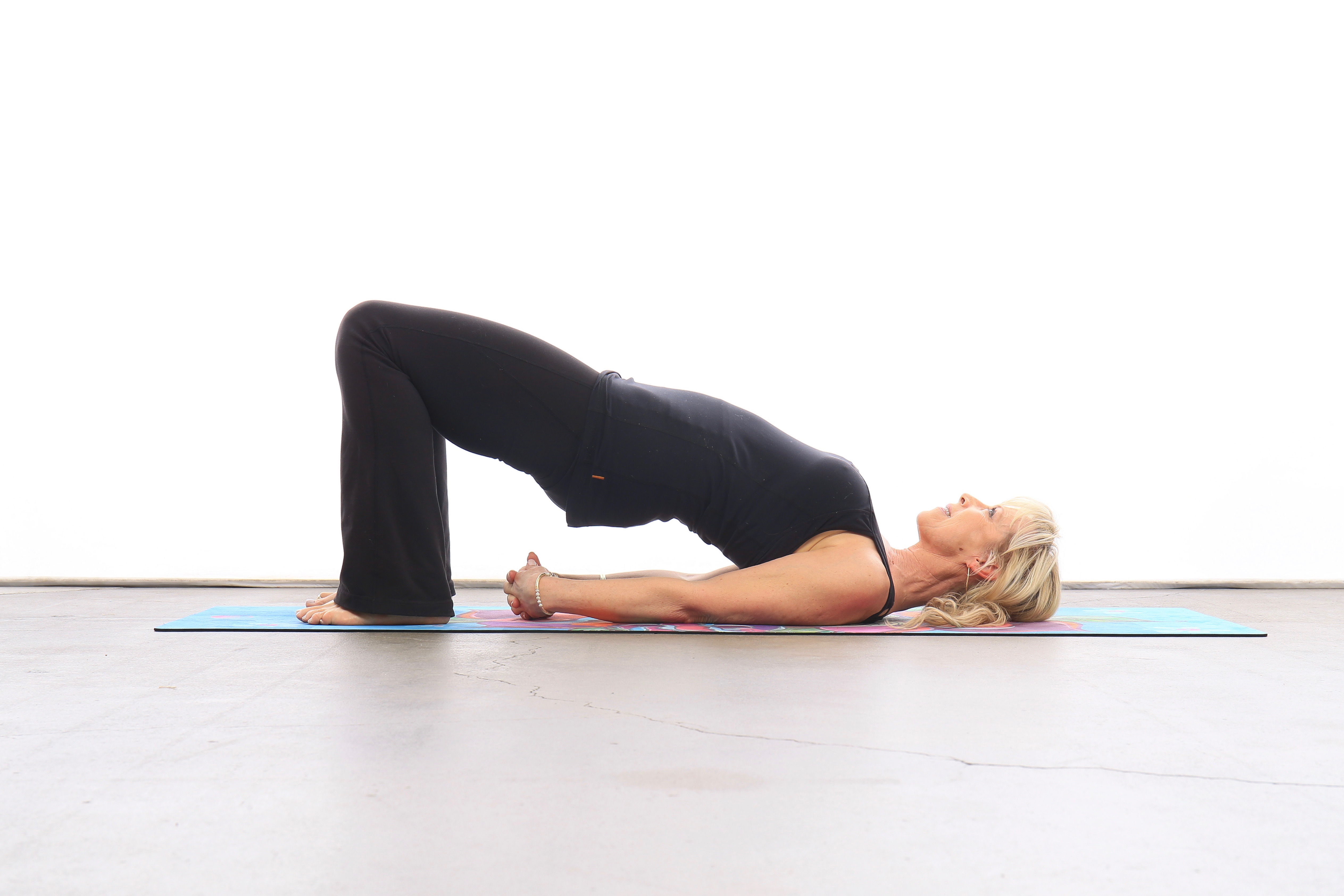
For a more flexible, stronger lower back: Bridge Pose
If you’re looking to combat sitting hunched over a desk or a steering wheel all day, back bends are a surefire way to release that lower back tension. You’ll also work into your stiff shoulders and neck.
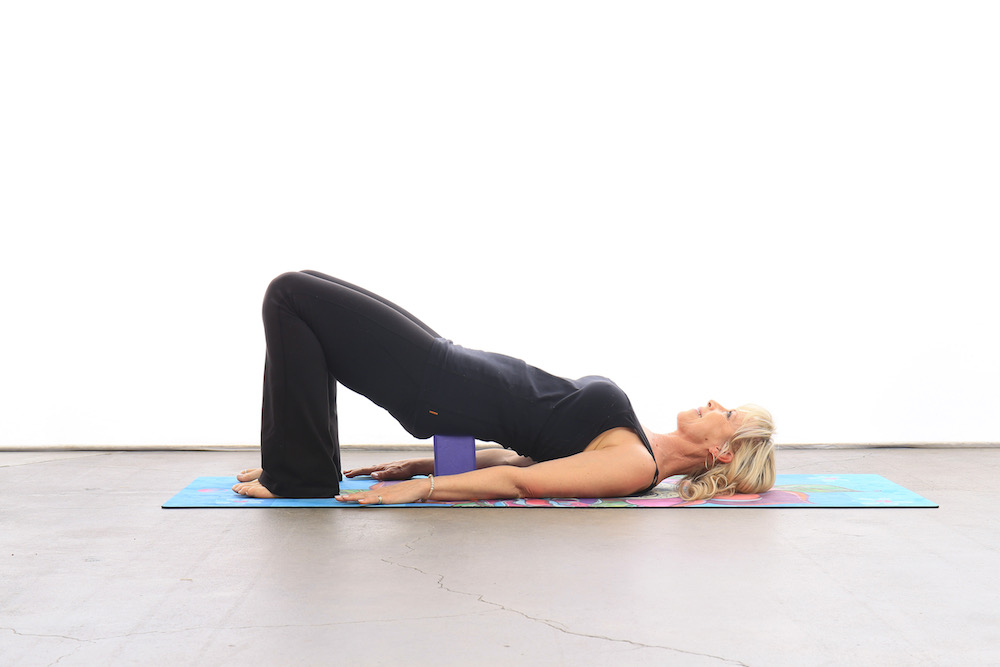
If you’re nursing an injury or have a sensitive lower back, stick with bridge pose. You can use a block under your sacrum for a little extra help. You’ll get the most out of both of these poses if you repeat three times.
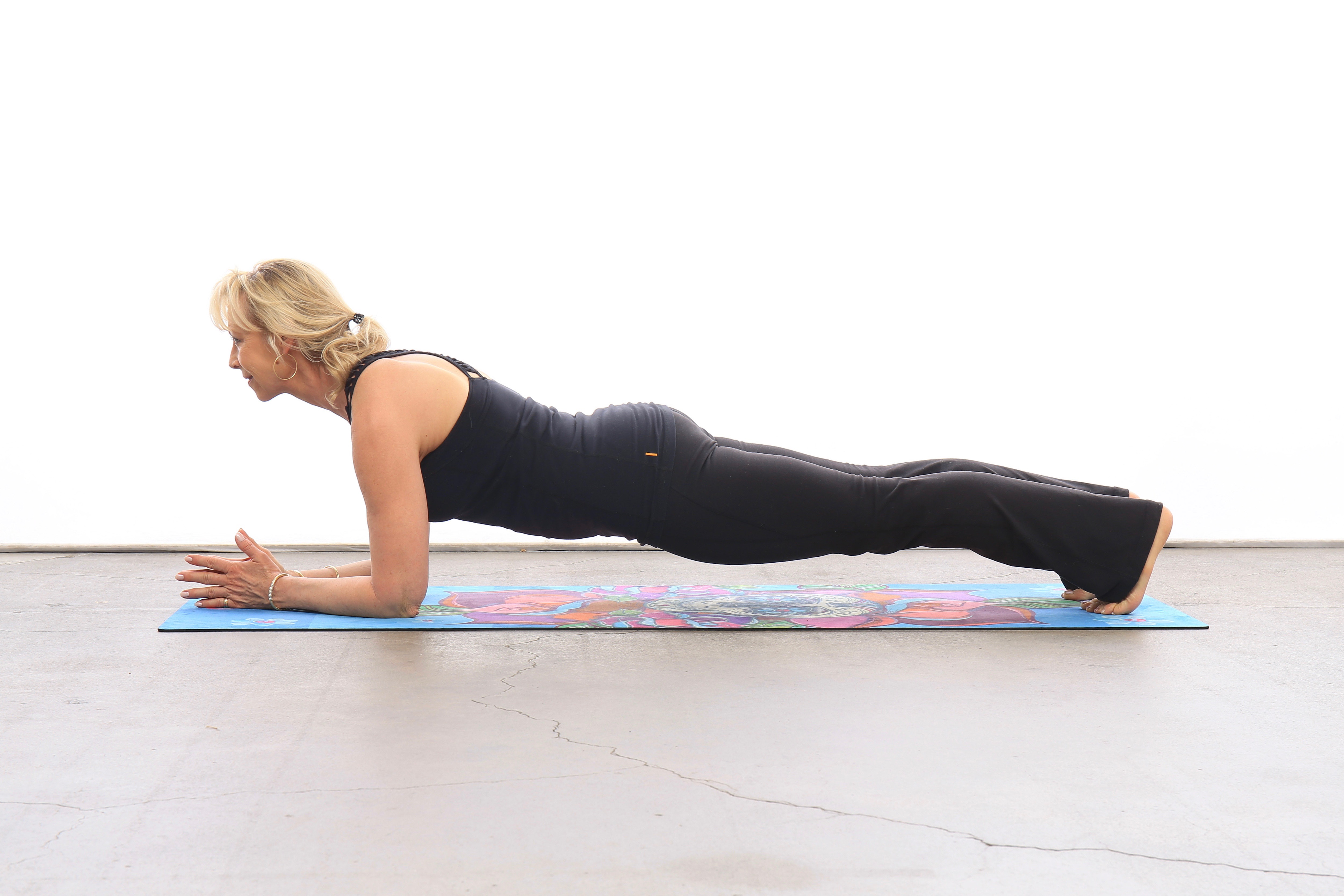
For building core strength: Plank Pose
While we’d love to put all the blame for poor posture on desk jobs and long commutes, there’s also another common cause for slouching and hunching: a weak core. Activating and strengthening your core muscles will support your entire midsection, which in turn supports your upper body to sit and stand straight.
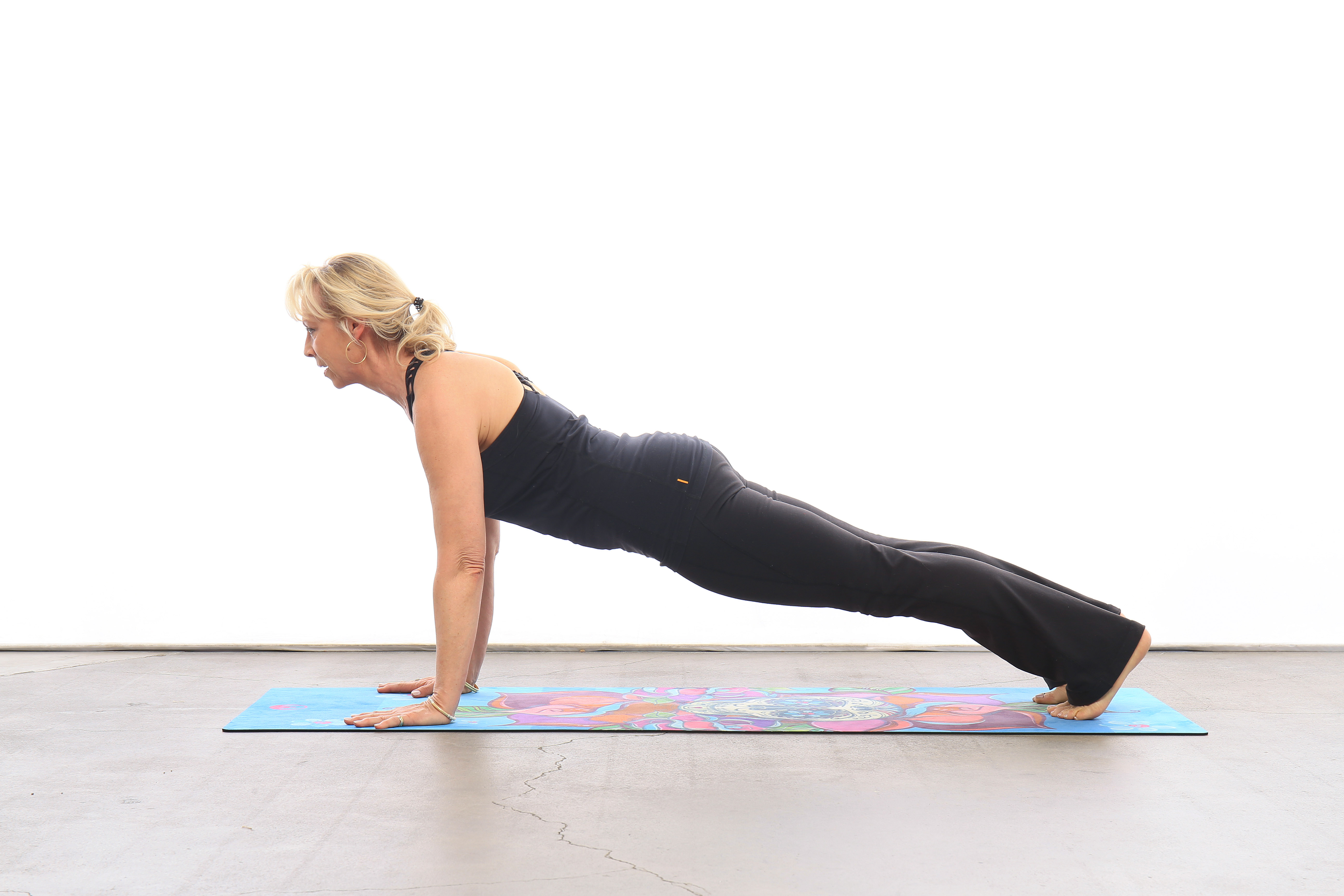
Try plank pose on your hands first, then move onto a more advance forearm plank if you’re feeling a challenge. You can also make plank pose dynamic by adding knee dips or hip dips from side to side. Throw in some variations of side plank to strengthen your obliques.
While all of these poses are easy to do on your own, our expert Bay Club instructors can bring your practice (and your posture) a little further. Follow along with us on Instagram.


